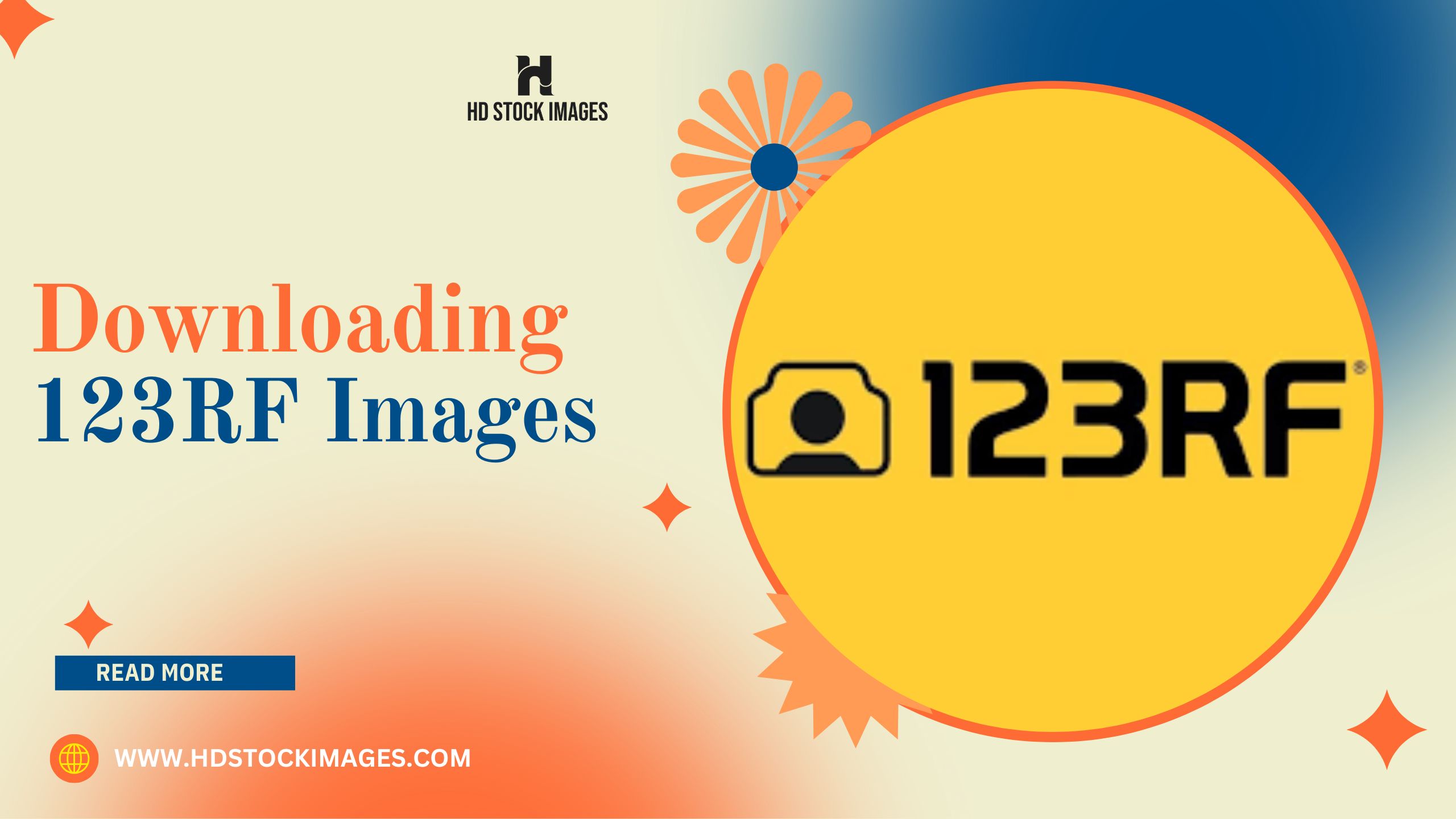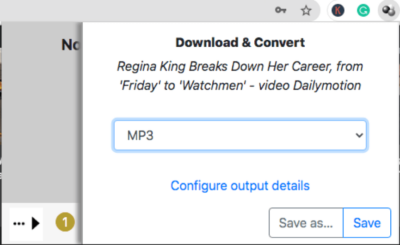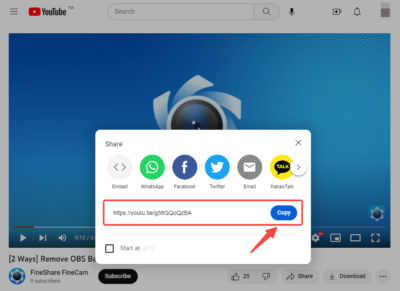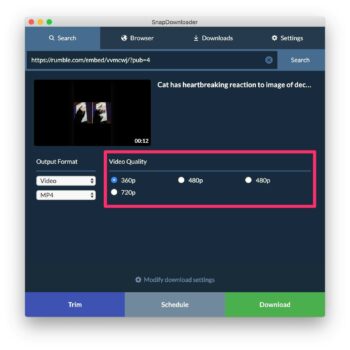1. Introduction:
In today's digital age, visual content plays a crucial role in various aspects of our lives, from personal projects to professional endeavors. With the vast array of online platforms and resources available, it's easier than ever to access and utilize images for our creative needs. However, it's important to understand the legal implications surrounding copyright and licensing to ensure we stay within the bounds of the law and respect the rights of content creators.
This article aims to shed light on the intricacies of copyright and licensing in the context of downloading images from 123RF, a popular stock image platform. We will explore the fundamental concepts behind copyright, delve into the specifics of licensing, and provide practical guidelines for downloading and using 123RF images in a lawful manner.
Also Read This: Exploring the Most Searched Images on 123RF: Understanding User Preferences and Trends
2. Copyright Basics:

I. Introduction to Copyright
A. Definition and Purpose of Copyright:
- Copyright is a legal concept that grants exclusive rights to the creators of original works.
- Its purpose is to provide creators with control over their creations, incentivize creativity, and ensure fair use and compensation.
B. Importance of Understanding Copyright Basics:
- Understanding copyright basics helps individuals respect and protect the rights of creators.
- It allows individuals to navigate legal issues and make informed decisions when using copyrighted material.
II. Eligibility for Copyright Protection
A. Categories of Works Protected by Copyright:
- Literary works: Books, articles, poems, essays, etc.
- Artistic works: Paintings, drawings, photographs, sculptures, etc.
- Musical works: Compositions, songs, lyrics, etc.
- Dramatic works: Plays, scripts, screenplays, choreography, etc.
- Architectural works: Building designs, blueprints, etc.
- Software: Computer programs and code.
B. Originality Requirement for Copyright Protection:
- Works must be original, showing a minimal degree of creativity and not merely a copy of existing works.
- They should possess some level of individuality, reflecting the author's personal expression or choices.
C. Works Not Eligible for Copyright Protection:
- Facts, ideas, and concepts: Copyright protects the specific expression of ideas, not the ideas themselves.
- Works in the public domain: Works whose copyright has expired or been waived are not eligible for protection.
III. Rights Granted by Copyright
A. Exclusive Rights of Copyright Holders:
1. Reproduction right: The right to make copies or reproduce the work.
2. Distribution right: The right to distribute copies of the work to the public.
3. Public performance right: The right to present the work publicly, such as in plays or concerts.
4. Public display right: The right to show the work publicly, such as in exhibitions or websites.
5. Derivative work right: The right to create new works based on the original.
B. Limitations and Exceptions:
- Copyright law includes limitations and exceptions to balance the rights of copyright holders and promote public interests, such as fair use/fair dealing provisions.
IV. Copyright Ownership and Duration
A. Ownership of Copyright:
- Generally, the original creator of a work is the initial owner of the copyright.
- Exceptions may occur in cases of work created as part of employment or under specific contractual arrangements.
B. Duration of Copyright:
- Copyright protection has a limited duration, varying by country and type of work.
- In many jurisdictions, copyright lasts for the creator's lifetime plus a specific number of years after their death.
- After copyright expiration, works enter the public domain, becoming freely available for public use.
Understanding copyright basics provides a foundation for respecting and complying with copyright law. It helps individuals navigate the rights and responsibilities associated with using and creating copyrighted material, fostering a fair and creative environment.
This video shows how to Understanding Copyright and Licensing: Downloading 123RF Images:
Also Read This: Customer Care Connection: How to Contact Flipkart Customer Care
3. Licensing:
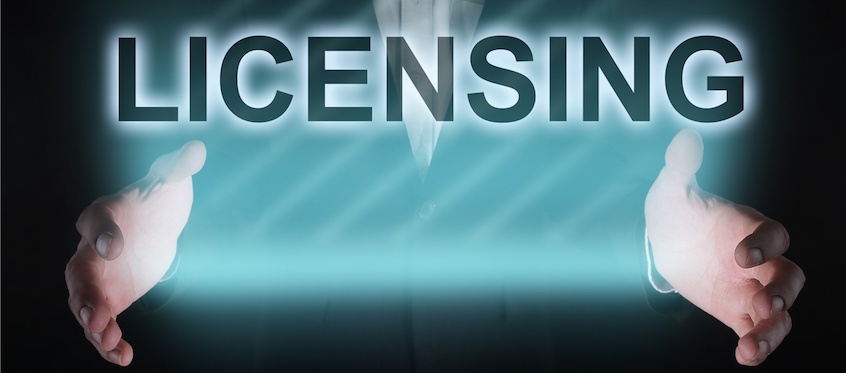
Licensing is the process by which copyright holders grant permissions to others to use their copyrighted work under specific terms and conditions. It serves as a legal framework that allows individuals and organizations to utilize copyrighted material while respecting the rights of the copyright holder. By obtaining a license, users gain the necessary authorization to use the work in a lawful and compliant manner.
1. Types of Licenses
1. All Rights Reserved:
- Under the default "All Rights Reserved" approach, the copyright holder retains exclusive rights to their work, and no one else is authorized to use it without explicit permission.
2. Creative Commons Licenses:
- Creative Commons licenses provide a standardized system that grants permissions to users based on predetermined terms.
- These licenses offer a range of permissions, allowing creators to specify how others can use, modify, distribute, or derive from their work.
3. Custom Licenses:
- Some copyright holders may create their own custom licenses to define specific terms and conditions for using their works.
- Custom licenses can provide additional flexibility or impose additional restrictions beyond what is covered by standard licenses.
2. Licensing Considerations
1. Scope of Use:
- Licenses outline the permitted use of copyrighted material, specifying factors such as purpose, duration, medium, territory, and any other relevant conditions.
- Users must understand and adhere to the limitations set forth in the license to ensure compliance.
2. Attribution Requirements:
- Certain licenses require proper attribution to the copyright holder, acknowledging their contribution and rights to the work.
- Users must follow specific attribution guidelines, such as citing the author's name, title, and source, when using licensed material.
3. Commercial vs. Non-commercial Use:
- Licenses may distinguish between commercial and non-commercial use, indicating whether the work can be used for profit or solely for personal, educational, or non-profit purposes.
- Users must understand and comply with the license's stipulations regarding the intended use of the copyrighted material.
4. License Compatibility:
- When combining or adapting multiple works with different licensing terms, users must consider the compatibility between different licenses to avoid conflicts or violations.
3. Licensing Process
1. Obtaining a License:
- Licenses can be acquired through direct negotiation with the copyright holder, licensing agencies, or online platforms that offer licensed content.
- Users must ensure that they have obtained the appropriate license that covers their intended use of the copyrighted material.
2. License Terms and Agreements:
- When obtaining a license, users are required to review and understand the terms and conditions specified in the license agreement.
- It is important to comply with the agreed-upon terms and fulfill any obligations outlined in the license agreement.
By understanding licensing and adhering to the terms and conditions set forth in licenses, individuals and organizations can confidently and legally utilize copyrighted material while respecting the rights of the copyright holder.
Also Read This: Link Logic: How to Get Your Etsy Shop Link
4. Using 123RF Images:

123RF is a popular stock image platform that provides a vast collection of high-quality images, illustrations, and graphics for various creative purposes. When using images from 123RF, it is important to understand the licensing options and guidelines to ensure that you are using the images legally and in compliance with copyright regulations.
1. Explore Licensing Options:
- Visit the 123RF website and familiarize yourself with the different licensing options they offer.
- Understand the specific terms and conditions associated with each licensing option to determine which one suits your needs.
2. Select the Appropriate License:
- Choose the license that aligns with your intended use of the image.
- Consider factors such as whether the image will be used for personal or commercial purposes, the intended audience, and the desired scope of usage.
3. Downloading the Image:
- Once you have selected the desired image, click on the download button provided by 123RF.
- Make sure to download the image in accordance with the terms of the license you have chosen.
4. Compliance with License Terms:
- Read the license agreement associated with the downloaded image carefully.
- Understand any restrictions or requirements stated in the license, such as attribution or limitations on usage.
5. Attribution and Crediting:
- If the license requires attribution, ensure that you provide proper credit to the copyright holder.
- Include the necessary attribution details, such as the author's name, the image title, and the source (e.g., "Image by [Author] from 123RF").
6. Usage and Modification:
- Use the downloaded image within the parameters specified by the license.
- If you intend to modify the image, ensure that the license allows for such modifications, and be aware of any restrictions on derivative works.
7. Compliance Monitoring:
- Regularly review the license terms and keep track of any updates or changes.
- Stay informed about copyright regulations to ensure ongoing compliance with licensing requirements.
Also Read This: Views Vanguard: Proven Strategies to Get More Views on eBay
5. Avoiding Copyright Infringement:
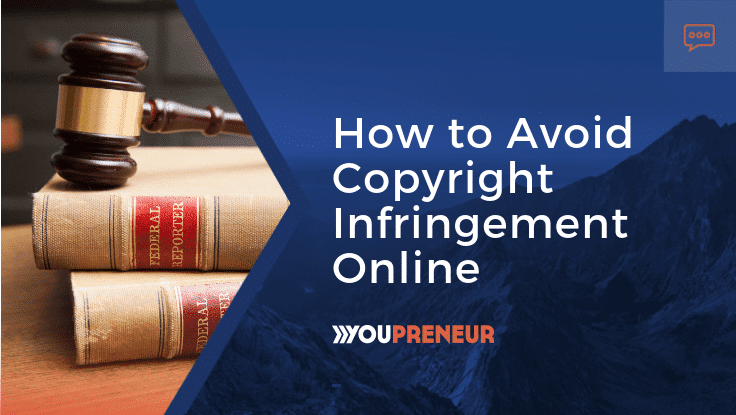
Copyright infringement occurs when someone uses copyrighted material without obtaining proper authorization from the copyright holder or without complying with the terms and conditions outlined in the license. To avoid copyright infringement and respect the rights of content creators, consider the following guidelines:
1. Understand Copyright Basics:
- Familiarize yourself with the fundamental concepts of copyright, including what types of works are protected and the rights granted to copyright holders.
- Stay informed about copyright laws and regulations specific to your country.
2. Obtain Proper Licenses or Permissions:
- Before using any copyrighted material, ensure that you have obtained the necessary licenses or permissions from the copyright holder.
- If using stock images or other creative content, explore reputable platforms that provide licensed material, such as 123RF, and adhere to the terms of the licenses.
3. Conduct Proper Research:
- When using content created by others, conduct thorough research to determine the copyright status and ownership of the material.
- Confirm whether the work is in the public domain, covered by a Creative Commons license, or subject to other specific permissions.
4. Respect Intellectual Property:
- Avoid using copyrighted material without proper authorization, regardless of the intended purpose or medium.
- Do not reproduce, distribute, modify, or publicly display copyrighted works without permission, unless specifically allowed under fair use or other applicable exceptions.
5. Attribute and Give Credit:
- When using copyrighted material that requires attribution, ensure that you provide proper credit to the copyright holder.
- Include the necessary details, such as the author's name, title, and source, to acknowledge the original creator.
6. Seek Legal Advice if Uncertain:
- If you are unsure about the legality of using certain content, consult legal professionals or seek guidance from copyright experts.
- They can provide specific advice and help you navigate potential copyright issues.
Also Read This: IMDb ID Exploration: How to Find and Utilize Them
Frequently Asked Questions:
Q1: What is copyright?
ANS: Copyright is a legal right that protects the original works of authorship, such as books, music, films, software, and images. Copyright gives the copyright holder the exclusive right to reproduce, distribute, perform, display, and create derivative works from the copyrighted work.
Q2: What is licensing?
ANS: Licensing is the process of granting permission to someone else to use a copyrighted work. When you license an image from 123RF, you are essentially renting the right to use that image for a specific purpose.
Q3: What are the different types of licenses available on 123RF?
ANS: 123RF offers a variety of licenses, each with its own set of permissions. The most common licenses are:
- Standard License: This license allows you to use the image for personal and commercial purposes. You can use the image on your website, in your marketing materials, and in your products.
- Extended License: This license gives you all the permissions of the Standard License, plus the right to use the image in print and broadcast media.
- Royalty-Free License: This license gives you unlimited use of the image for any purpose, without any restrictions.
Q4: What are the copyright restrictions for 123RF images?
ANS: When you download an image from 123RF, you are agreeing to the following copyright restrictions:
- You must credit the photographer or artist who created the image.
- You cannot modify the image in any way.
- You cannot use the image for illegal or harmful purposes.
Q5: How do I find out more about copyright and licensing on 123RF?
ANS: 123RF has a comprehensive help section that covers all aspects of copyright and licensing. You can also contact 123RF customer support for more information.
Conclusion:
Understanding copyright and licensing is essential when utilizing creative content, such as images, to ensure legal and ethical practices. When it comes to using 123RF images or any copyrighted material, following the guidelines outlined in this article is crucial to avoid copyright infringement and respect the rights of content creators.
By familiarizing yourself with copyright basics, such as the types of works protected and the rights granted to copyright holders, you gain a foundation for responsible usage. Exploring licensing options and selecting the appropriate license for your needs allows you to use 123RF images in compliance with the terms and conditions specified by the copyright holder.

